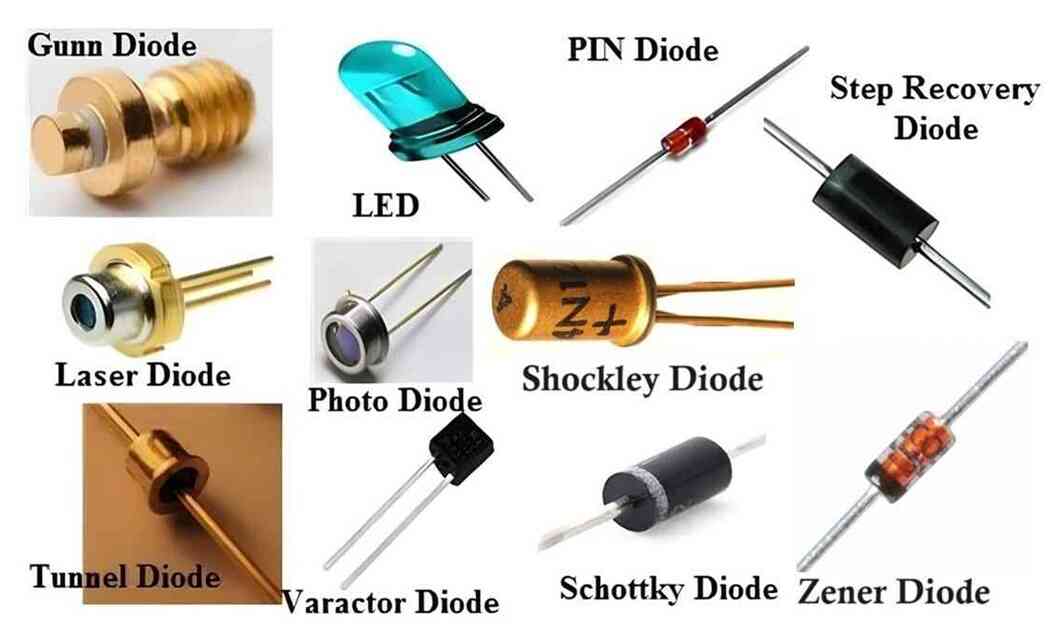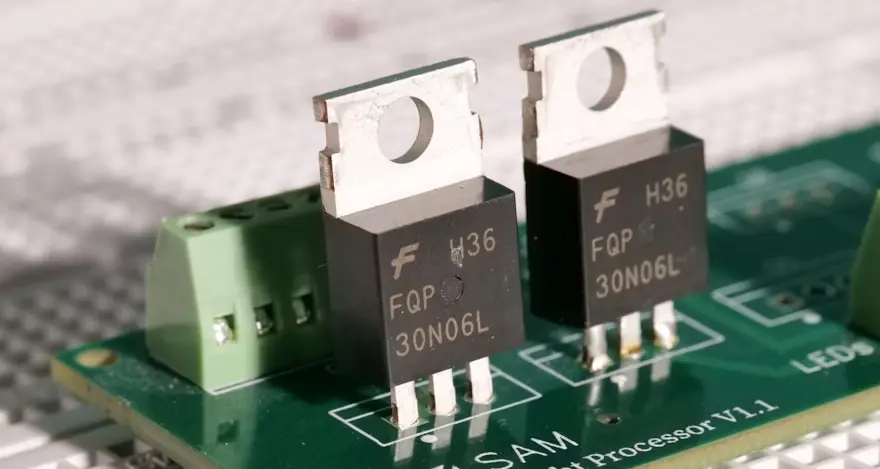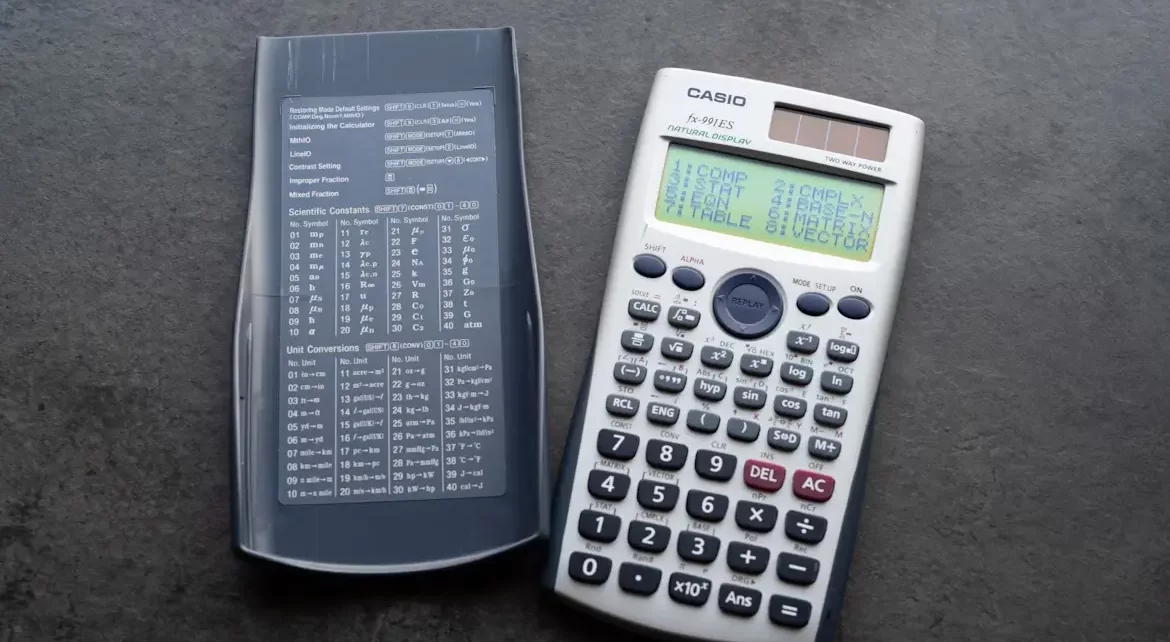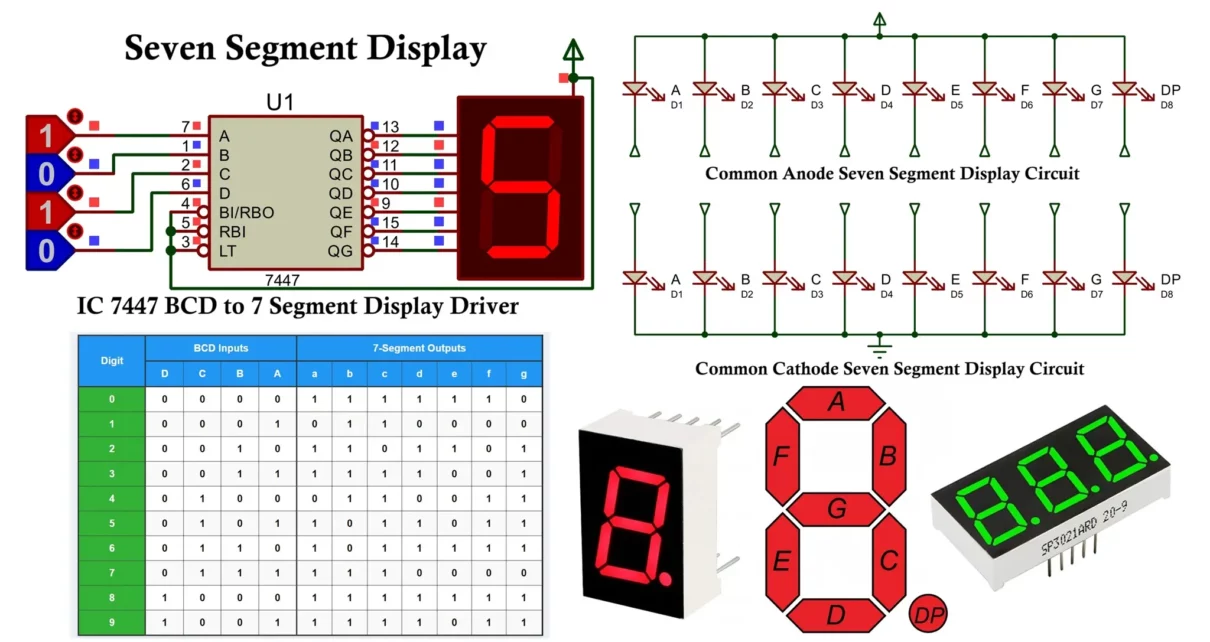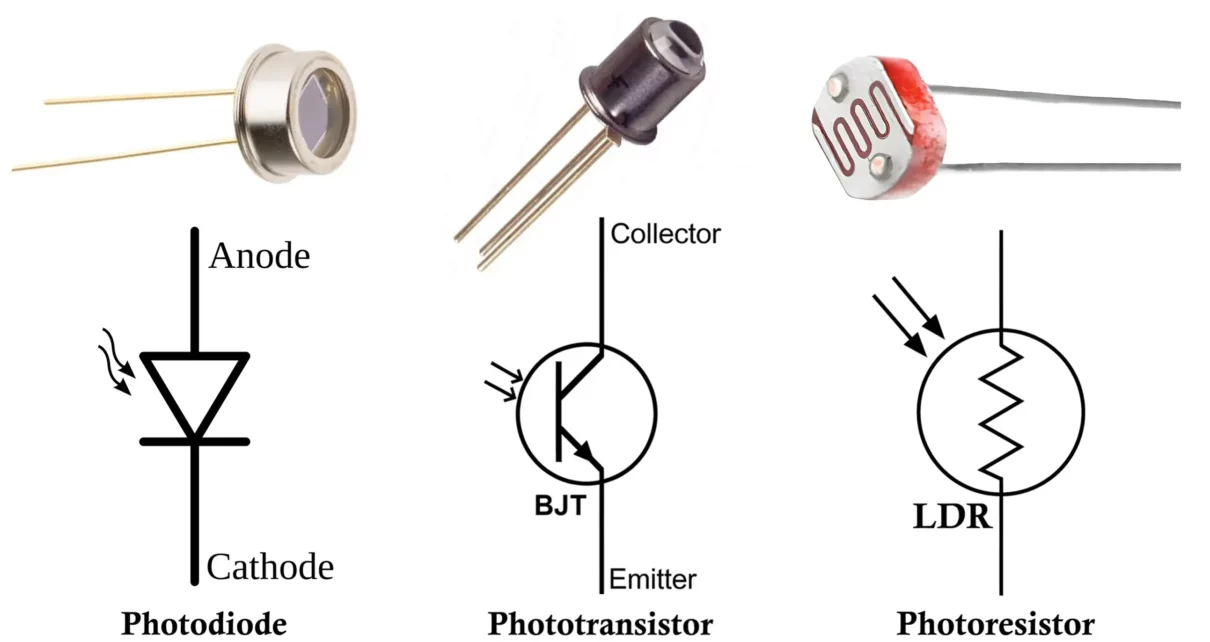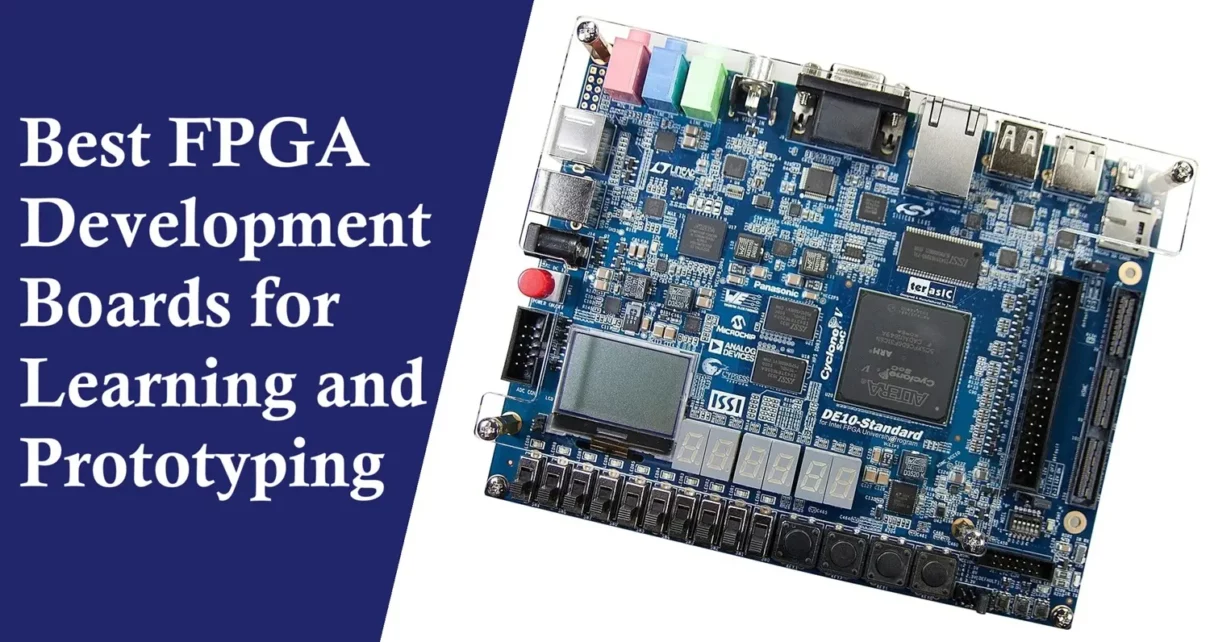If you’ve ever opened up an electronic device – anything from a laptop charger to a pair of gaming headphones – you’ll notice tiny components scattered across the board. Among them, the diode is one of the most essential. It doesn’t look like much, but it plays a massive role in how circuits behave and […]
Electronic devices
Everyday Devices That Use Transistors (And You Probably Didn’t Notice)
Most people never think about transistors. They’re too small to see, hidden away inside the gadgets we use every day. But without them, modern electronics wouldn’t exist. From the phone in your pocket to the microwave in your kitchen, transistors quietly do the heavy lifting. So, what exactly are they, and where do you find […]
Are Electronic Calculators Still Relevant in the Age of Smartphones?
We’re surrounded by lots of “smart” things: phones that do more than we ever expected, apps that solve equations, graph functions with a tap, or even voice-command calculators. With all that power in our hands, it’s fair to wonder—are old-school electronic calculators still useful? Turns out, the answer is yes. The Invention of Electronic Calculators […]
Seven Segment Display: Types, Working, Pin Diagram & Applications
We see numbers displayed on many electronic devices around us, like digital clocks, calculators, microwave ovens, and scoreboards. But have you ever wondered how these numbers appear on the screen? One of the most common ways to show numbers in electronic devices is by using a Seven Segment Display. It is a simple electronic component […]
Difference Between Photodiode, Phototransistor and Photoresistor
In the field of electronics and optoelectronics, light-sensitive devices play a crucial role in converting light signals into electrical signals. Among the most widely used light sensors are the Photodiode, Phototransistor, and Photoresistor (also known as Light Dependent Resistor or LDR). Though they all respond to light, their construction, working principles, advantages, disadvantages, and applications […]
Best FPGA Development Boards for Learning and Prototyping
Field-Programmable Gate Arrays (FPGAs) might sound intimidating at first, but they’re actually one of the most exciting ways to learn digital design. Unlike microcontrollers (like Arduino or STM32) that run instructions on fixed hardware, FPGAs let you design your own hardware. That means you can create custom processors, signal processors, robotics controllers, or even video […]
